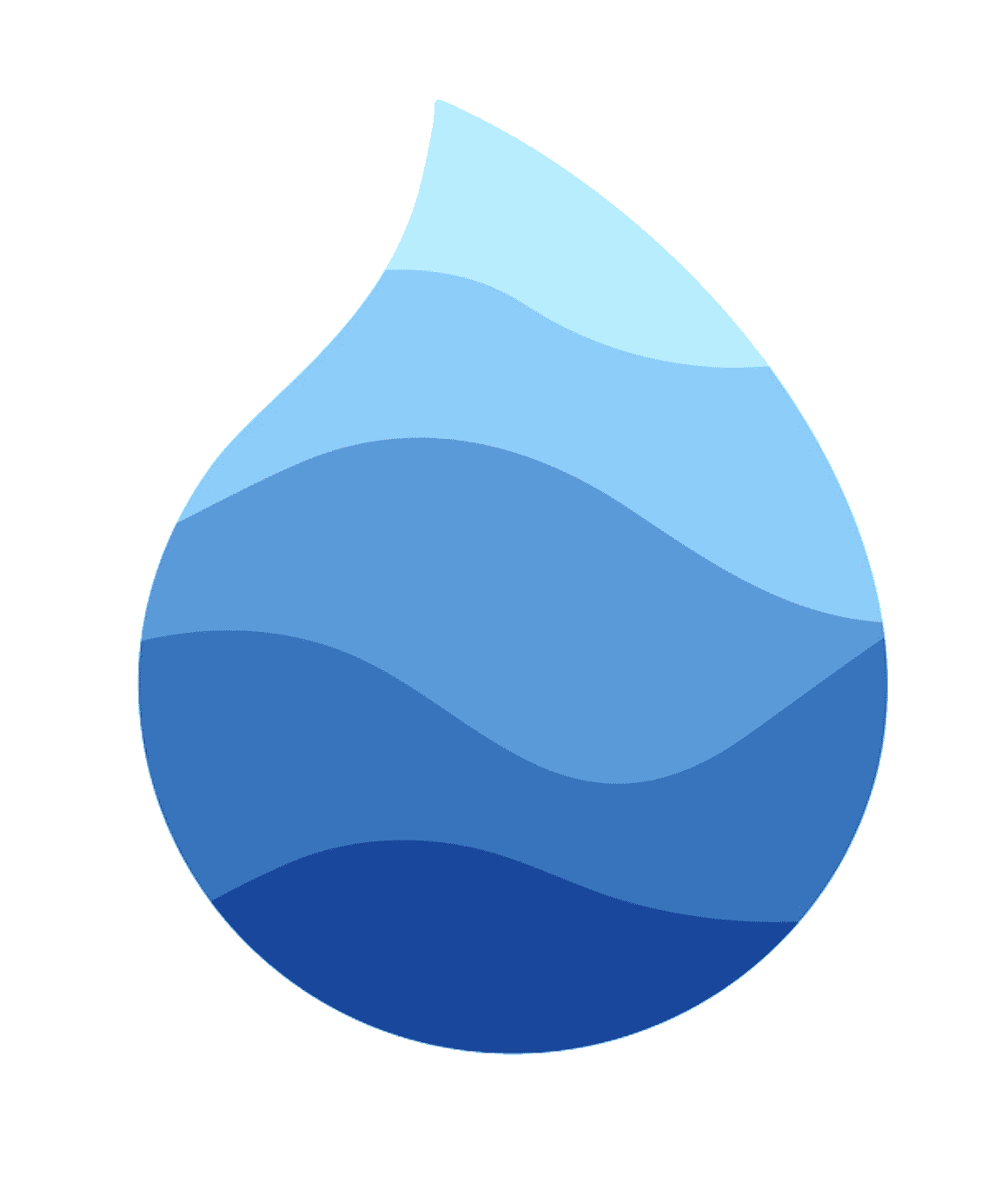NyPullToRefresh
Introduction
In this section, we will learn about the NyPullToRefresh widget.
The NyPullToRefresh widget is a helpful widget for handling 'pull to refresh' in your Flutter projects.
If you're not familiar with 'pull to refresh', it's essentially a ListView that can fetch more data when a user scrolls to the bottom of the list.
This makes it a great option for those with big data because you'll be able to paginate through the data in chunks.
Let's dive into some code.
Usage NyPullToRefresh
The NyPullToRefresh widget is a helpful widget for handling 'pull to refresh' lists in your Flutter projects.
Here's how you can start using the NyPullToRefresh widget.
@override
Widget build(BuildContext context) {
return NyPullToRefresh(
child: (context, data) {
return ListTile(title: Text(data['title']));
},
data: (int iteration) async {
return [
{"title": "Clean Room"},
{"title": "Go to the airport"},
{"title": "Buy new shoes"},
{"title": "Go shopping"},
{"title": "Find my keys"},
{"title": "Clear the garden"}
].paginate(itemsPerPage: 2, page: iteration).toList();
},
);
}
// or from an API Service
// this example uses the Separated ListView, it will add a divider between each item
@override
Widget build(BuildContext context) {
return NyPullToRefresh.separated(
child: (context, data) {
return ListTile(title: Text(data.title));
},
data: (int iteration) async {
// Example: List<Todo> returned from an APIService
// the iteration parameter can be used for pagination
// each time the user pulls to refresh, the iteration will increase by 1
return api<ApiService>((request) => request.getListOfTodos(), page: iteration);
},
separatorBuilder: (context, index) {
return Divider();
},
stateName: "todo_list_view",
);
}
When the returned data is an empty array, it will stop the pagination.
Usage NyPullToRefresh Separated
The NyPullToRefresh.separated widget is a helpful widget for handling 'pull to refresh' lists with dividers in your Flutter projects.
Here's how you can start using the NyPullToRefresh.separated widget.
@override
Widget build(BuildContext context) {
return Scaffold(
body: SafeArea(
child: NyPullToRefresh.separated(
child: (BuildContext context, dynamic data) {
return ListTile(title: Text(data['title']));
},
data: (int iteration) async {
return [
{"title": "Clean Room"},
{"title": "Go to the airport"},
{"title": "Buy new shoes"},
{"title": "Go shopping"},
{"title": "Find my keys"}
];
},
separatorBuilder: (BuildContext context, int index) {
return Divider();
},
)
)
);
}
// or from an API
@override
Widget build(BuildContext context) {
return Scaffold(
body: SafeArea(
child: NyPullToRefresh.separated(
child: (BuildContext context, dynamic data) {
return ListTile(
title: Text(data['title']),
subtitle: Text(data['completed'].toString())
);
},
data: (int iteration) async {
return await api<ApiService>((request) =>
request.get('https://jsonplaceholder.typicode.com/todos'));
},
separatorBuilder: (BuildContext context, int index) {
return Divider();
},
)
)
);
}
The NyPullToRefresh.separated widget requires three parameters:
- child - This is the widget that will be displayed for each item in the list.
- data - This is the data that will be displayed in the list.
- separatorBuilder - This is the widget that will be displayed between each item in the list.
Usage NyPullToRefresh Grid
The NyPullToRefresh.grid widget is a helpful widget for handling 'pull to refresh' lists in a grid format in your Flutter projects.
Here's how you can start using the NyPullToRefresh.grid widget.
@override
Widget build(BuildContext context) {
return Scaffold(
body: SafeArea(
child: NyPullToRefresh.grid(
child: (BuildContext context, dynamic data) {
return ListTile(title: Text(data['title']));
},
data: (int iteration) async {
return [
{"title": "Clean Room"},
{"title": "Go to the airport"},
{"title": "Buy new shoes"},
{"title": "Go shopping"},
{"title": "Find my keys"}
];
},
crossAxisCount: 2, // The number of rows in the grid
// mainAxisSpacing: 1.0, // The mainAxis spacing
// crossAxisSpacing: 1.0, // The crossAxisSpacing
)
)
);
}
// or from an API
@override
Widget build(BuildContext context) {
return Scaffold(
body: SafeArea(
child: NyPullToRefresh.grid(
child: (BuildContext context, dynamic data) {
return ListTile(
title: Text(data['title']),
subtitle: Text(data['completed'].toString())
);
},
data: (int iteration) async {
return await api<ApiService>((request) =>
request.get('https://jsonplaceholder.typicode.com/todos'));
},
crossAxisCount: 2, // The number of rows in the grid
// mainAxisSpacing: 1.0, // The mainAxis spacing
// crossAxisSpacing: 1.0, // The crossAxisSpacing
)
)
);
}
The NyPullToRefresh.grid widget requires two parameters:
- child - This is the widget that will be displayed for each item in the list.
- data - This is the data that will be displayed in the list.
The NyPullToRefresh.grid widget also has some optional parameters:
- crossAxisCount - The number of rows in the grid.
- mainAxisSpacing - The mainAxis spacing.
- crossAxisSpacing - The crossAxisSpacing.
Parameters
Here are some important parameters you should know about before using the NyPullToRefresh widget.
| Property | Type | Description |
|---|---|---|
| child | Widget Function(BuildContext context, dynamic data) {} | The child widget that will be displayed when the data is available. |
| data | Future Function(int iteration) data | The list of data you want the list view to use. |
| stateName | String? stateName | You can name the state using stateName, later you will need this key to update the state. |
| useSkeletonizer | bool useSkeletonizer | Enable loading using the skeletonizer effect |
If you would like to know all the parameters available, visit this link here.
Updating the State
You can update the state of a NyPullToRefresh widget by referencing the stateName parameter.
_updateListView() {
StateAction.refresh("todo_list_view");
}
This will trigger the State to reboot and load fresh data from the data parameter.

